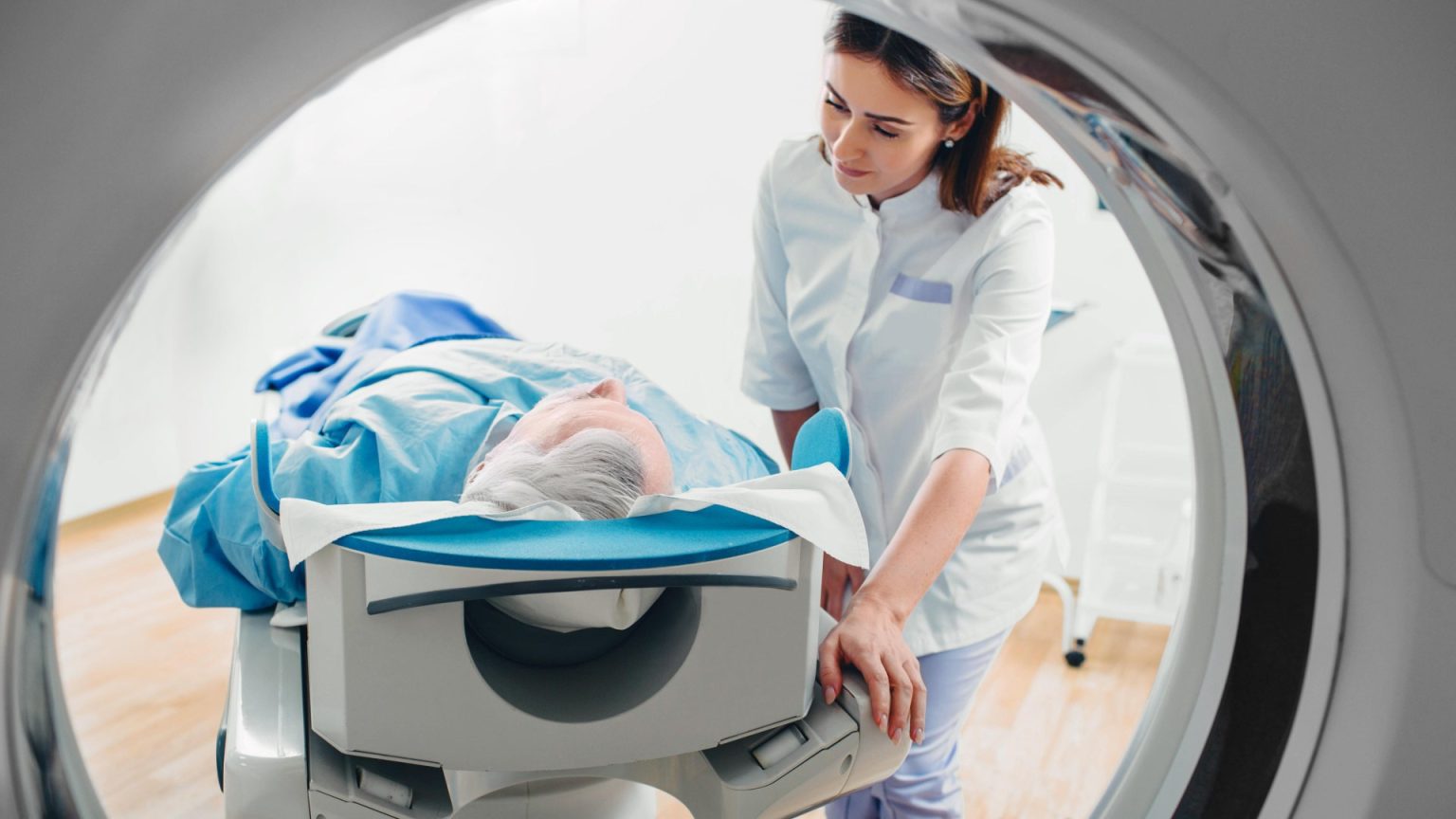Accelerated Bladder Cancer Treatment through MRI Scans: A Paradigm Shift in Patient Care
A groundbreaking study has unveiled a revolutionary approach to bladder cancer treatment, demonstrating that utilizing MRI scans can significantly expedite the process and improve patient outcomes. Traditionally, patients suspected of having bladder cancer underwent invasive surgical procedures to diagnose and stage the disease, which often involved considerable waiting times. This new research, published in the Journal of Clinical Oncology, reveals that substituting the initial surgical intervention with an MRI scan can drastically reduce the time to treatment from an average of 14 weeks to a mere seven weeks. This remarkable acceleration in diagnosis and treatment initiation has profound implications for patients, offering them quicker access to crucial care and potentially improving their prognosis.
The conventional approach to bladder cancer diagnosis often involved a transurethral resection of bladder tumor (TURBT), a surgical procedure where a thin instrument is inserted through the urethra to examine the bladder and remove tissue samples for analysis. While TURBT remains a valuable diagnostic tool, the waiting times associated with it can be substantial, often exceeding a month. In contrast, an MRI scan can be performed within two weeks, significantly reducing the diagnostic delay. The study’s findings demonstrate that not only does the MRI approach accelerate the treatment process, but it also proves to be a more efficient method for determining the appropriate course of care.
Beyond the significant reduction in waiting times, the study also revealed an unexpected benefit of the MRI-first approach: a reduction in unnecessary surgical procedures. Approximately 20% of patients who underwent the MRI scan were found not to require the invasive TURBT procedure, sparing them the associated risks and discomfort. This finding highlights the potential of MRI scans to serve as a valuable gatekeeper, ensuring that only patients who truly require surgical intervention are subjected to it. This targeted approach not only improves patient experience but also contributes to more efficient resource allocation within the healthcare system.
The implications of this study extend beyond the immediate benefits of faster treatment and reduced invasiveness. Evidence suggests a strong correlation between timely treatment and improved outcomes for bladder cancer patients. By reducing the time to treatment from an average of 98 days to 53 days, the MRI-first approach brings the average treatment initiation well within the critical three-month window associated with significantly improved prognoses. This accelerated pathway to treatment has the potential to significantly impact patient survival rates and overall quality of life.
While the exact causes of bladder cancer remain elusive, several risk factors have been identified. Exposure to harmful substances, particularly tobacco smoke, is a significant contributor, accounting for more than one-third of bladder cancer cases. Contact with certain industrial chemicals, though now largely banned, has also been linked to the development of this disease. Understanding these risk factors is crucial for implementing preventive measures and raising public awareness about the importance of minimizing exposure to these harmful agents.
The findings of this study underscore the transformative potential of incorporating MRI scans into the diagnostic pathway for bladder cancer. By reducing diagnostic delays, eliminating unnecessary surgical procedures, and accelerating access to treatment, this innovative approach promises to significantly improve patient care and outcomes. This research paves the way for a paradigm shift in bladder cancer management, offering a more efficient, less invasive, and ultimately more effective approach to tackling this challenging disease. The half-hour MRI scan not only speeds up the treatment process but also empowers clinicians to make more informed decisions regarding patient care, ultimately contributing to improved patient well-being and potentially saving lives.




